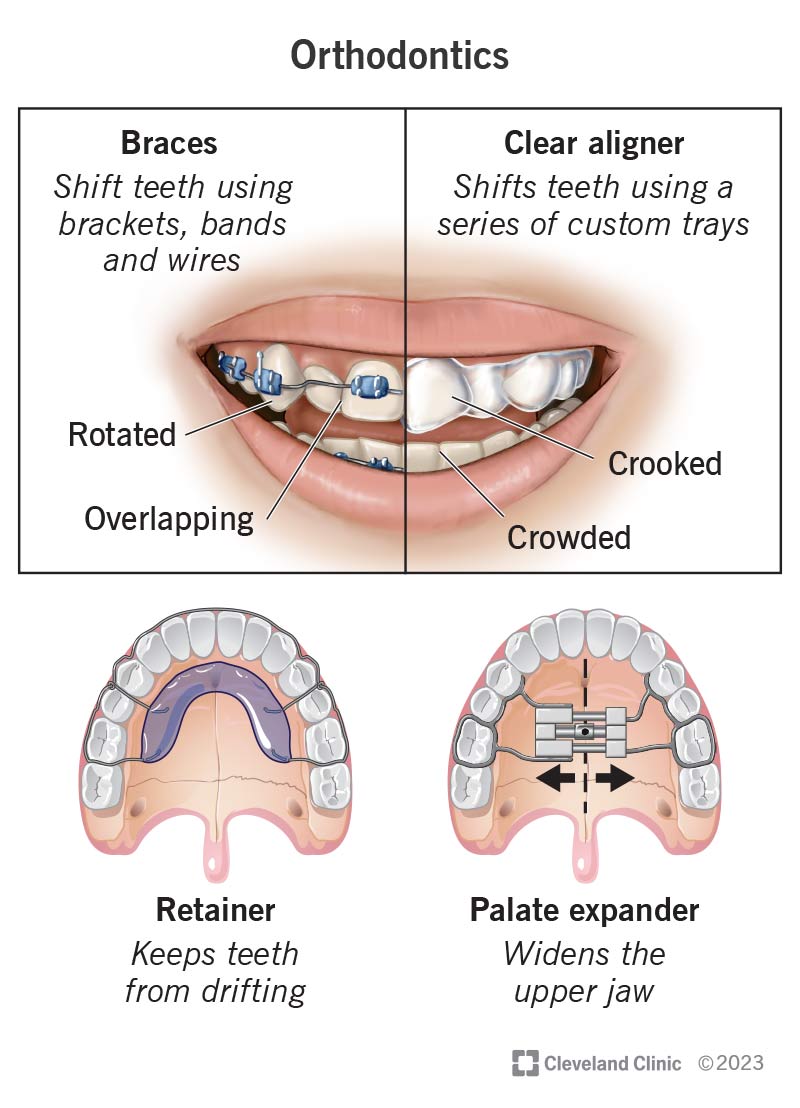8 Easy Facts About Causey Orthodontics Described
Wiki Article
Not known Factual Statements About Causey Orthodontics
Table of Contents6 Easy Facts About Causey Orthodontics ExplainedThe Main Principles Of Causey Orthodontics Some Known Details About Causey Orthodontics Our Causey Orthodontics DiariesAll about Causey Orthodontics
Overlooking occlusal relationships, it was common to get rid of teeth for a variety of oral concerns, such as malalignment or congestion. The principle of an undamaged dentition was not commonly valued in those days, making bite connections seem pointless. In the late 1800s, the concept of occlusion was vital for creating trusted prosthetic replacement teeth.As these principles of prosthetic occlusion proceeded, it came to be a very useful tool for dentistry. It remained in 1890 that the work and influence of Dr. Edwards H. Angle began to be really felt, with his payment to modern orthodontics particularly significant. Concentrated on prosthodontics, he instructed in Pennsylvania and Minnesota prior to directing his interest towards dental occlusion and the treatments needed to maintain it as a regular problem, thus coming to be understood as the "papa of contemporary orthodontics".

The principle of perfect occlusion, as proposed by Angle and integrated into a category system, made it possible for a change towards treating malocclusion, which is any type of inconsistency from typical occlusion. Having a full collection of teeth on both arches was extremely sought after in orthodontic treatment as a result of the demand for specific connections between them.
Causey Orthodontics Fundamentals Explained
As occlusion ended up being the essential concern, face proportions and looks were disregarded - orthodontist expert. To attain optimal occlusals without using outside forces, Angle proposed that having excellent occlusion was the best way to acquire optimal facial looks. With the passing of time, it ended up being rather apparent that also a remarkable occlusion was not ideal when thought about from a visual perspectiveIt ended up being noticeable that orthodontic therapy might readjust mandibular advancement, bring about the development of useful jaw orthopedics in Europe and extraoral pressure measures in the United States. Nowadays, both practical devices and extraoral gadgets are used around the globe with the purpose of modifying growth patterns and kinds. Subsequently, seeking real, or at the very least enhanced, jaw connections had come to be the major goal of treatment by the mid-20th century.
An Unbiased View of Causey Orthodontics
 Till the mid-1970s, dental braces were made by covering steel around each tooth. https://imageshack.com/user/causeyortho7., it came to be feasible to rather bond steel braces to the teeth.
Till the mid-1970s, dental braces were made by covering steel around each tooth. https://imageshack.com/user/causeyortho7., it came to be feasible to rather bond steel braces to the teeth.This has actually had significant impacts on orthodontic treatments that are administered regularly, and these are: 1. Appropriate interarchal partnerships 2. Proper crown angulation (idea) 3.
The benefit of the design exists in its brace and archwire combination, which calls for only very little cable bending from the orthodontist or clinician (orthodontist expert). It's appropriately named after this attribute: the angle of the port and thickness of the brace base eventually determine where each tooth is situated with little need for additional adjustment
Getting The Causey Orthodontics To Work
Both of these systems utilized similar brackets for each and every tooth and demanded the flexing of an archwire in 3 airplanes for situating teeth in their preferred settings, with these bends determining ultimate positionings. When it concerns orthodontic appliances, they are separated right into two types: detachable and repaired. Removable appliances can be handled and off by the person as required.
Thus, nearly all modern-day fixed home appliances can be considered variants on this edgewise home appliance system. Early 20th-century orthodontist Edward Angle made a significant payment to the globe of dental care. He created 4 distinctive home appliance systems that have actually been used as the basis for numerous orthodontic treatments today, preventing a couple of exemptions.
The Causey Orthodontics PDFs

The cable finished in a thread, and to relocate it onward, a flexible nut was utilized, which permitted an increase in circumference. By ligation, each specific tooth was affixed to this large archwire (orthodontist near me). As a result of its limited array of activity, Angle was not able to accomplish accurate tooth positioning with an E-arch
These tubes held a soldered pin, which might be rearranged at each appointment in order to relocate them in position. Referred to as the "bone-growing appliance", this device was supposed to encourage healthier bone development because of its potential for moving force straight to the origins. Applying it showed frustrating in fact.
Report this wiki page